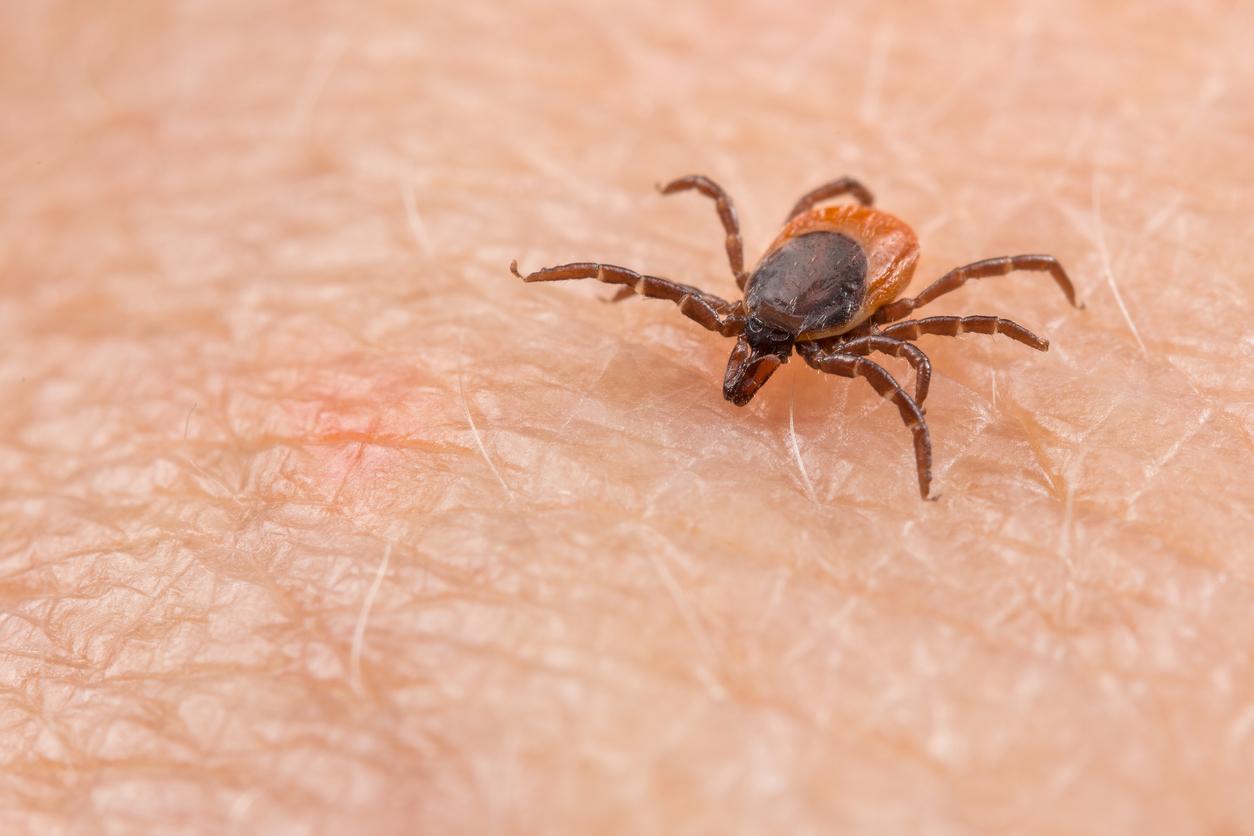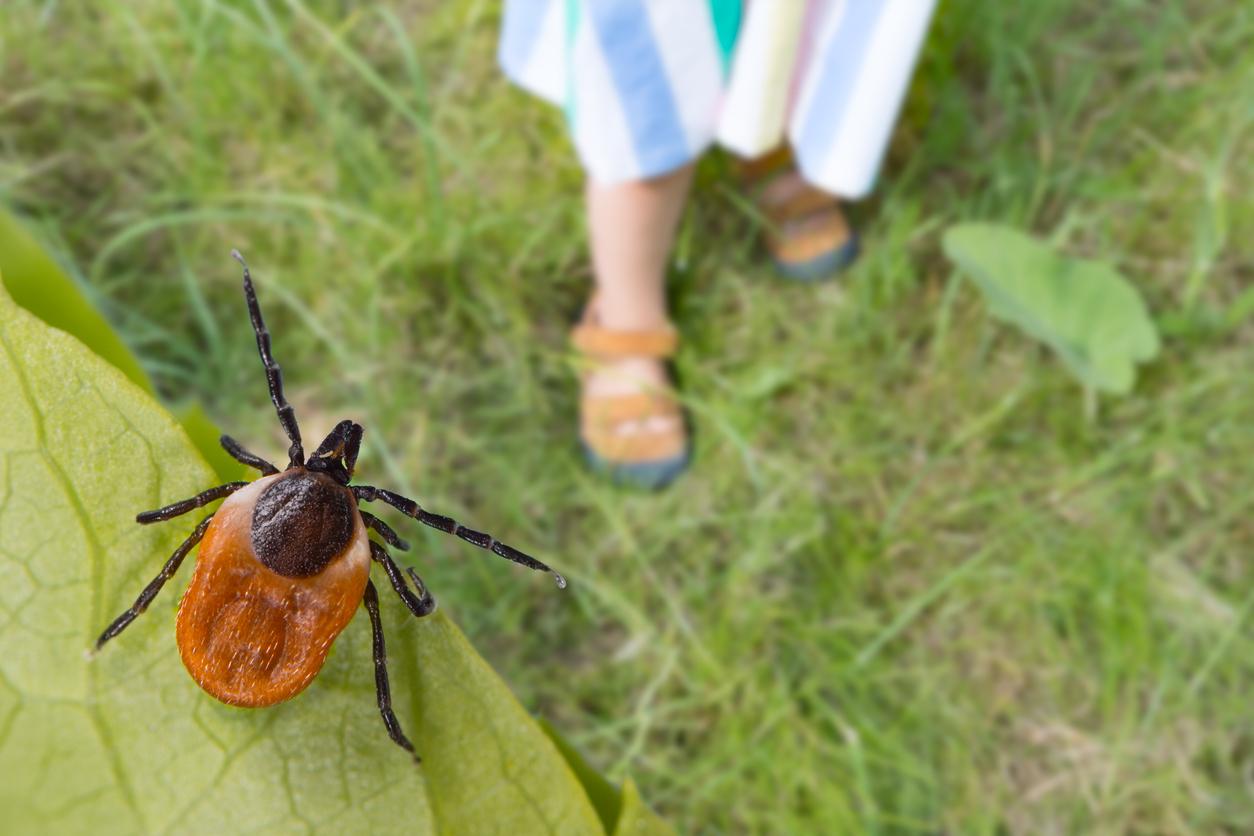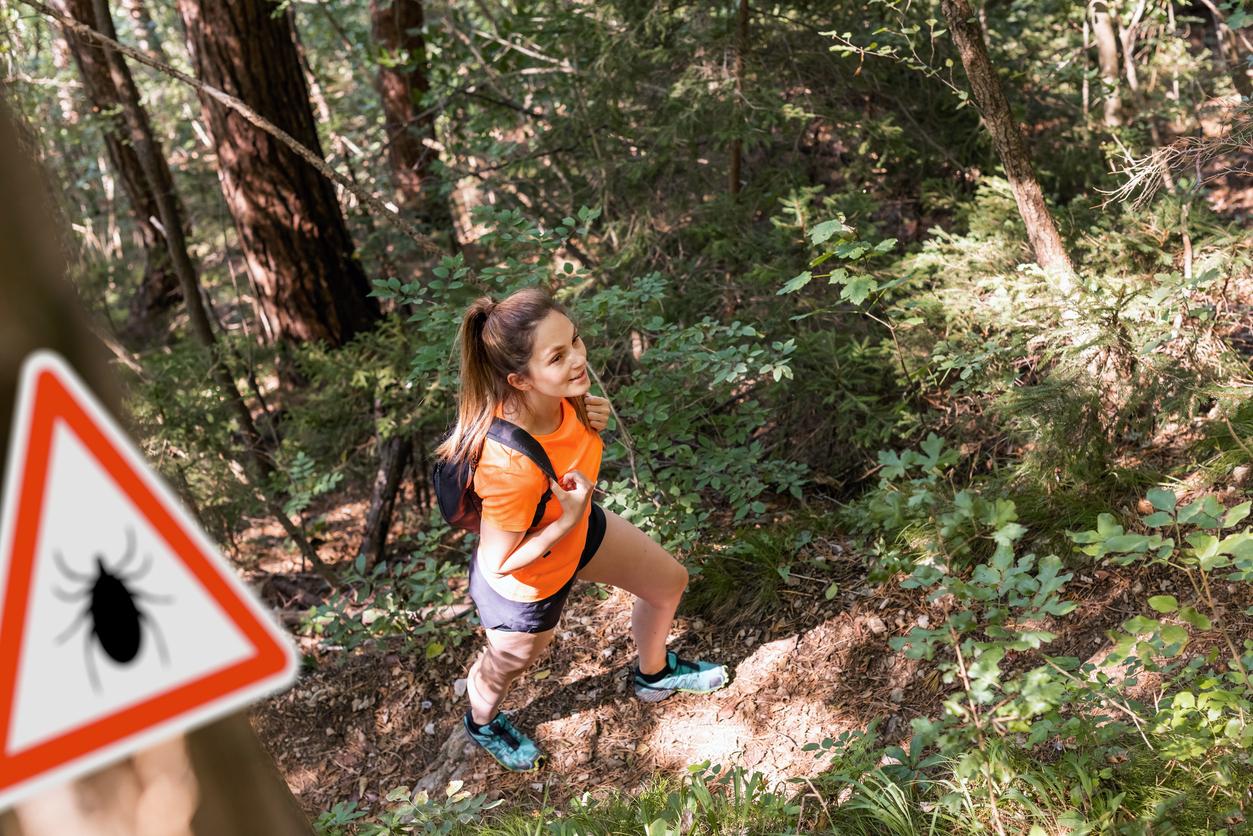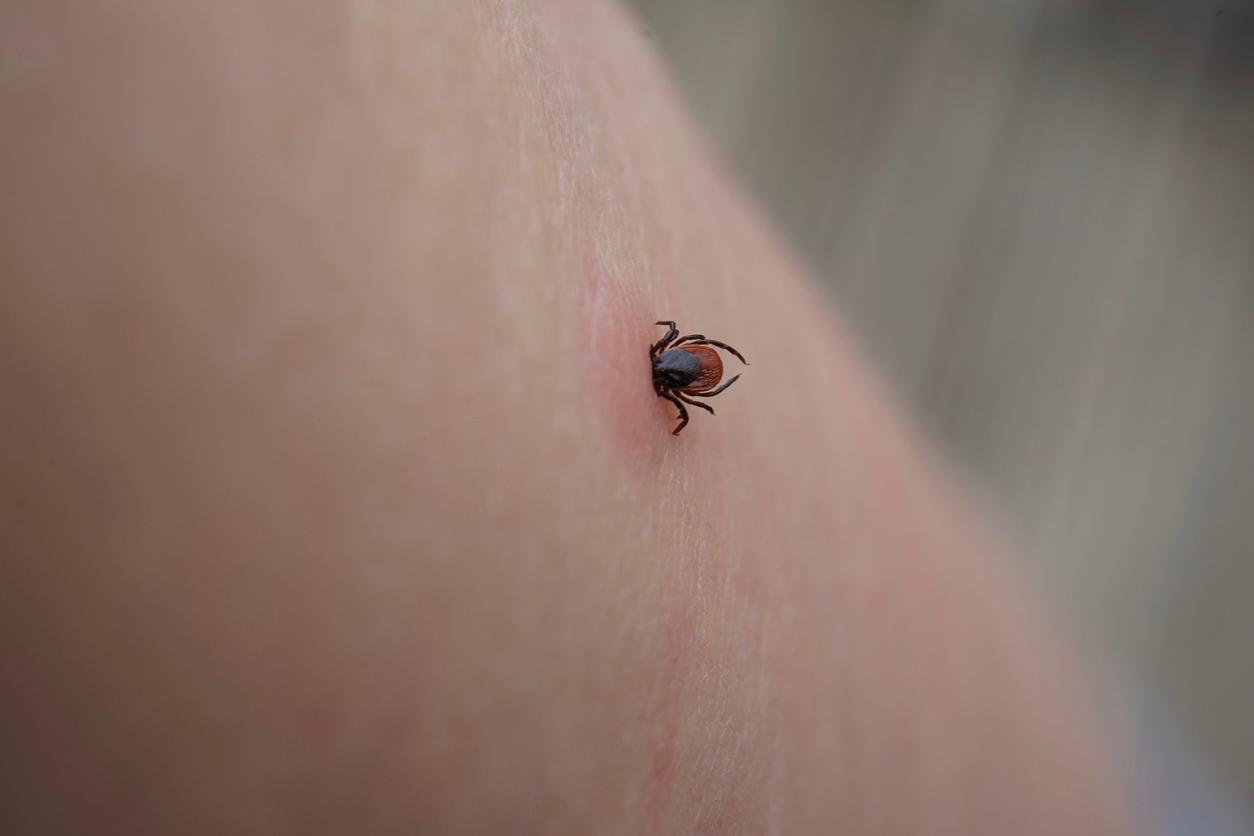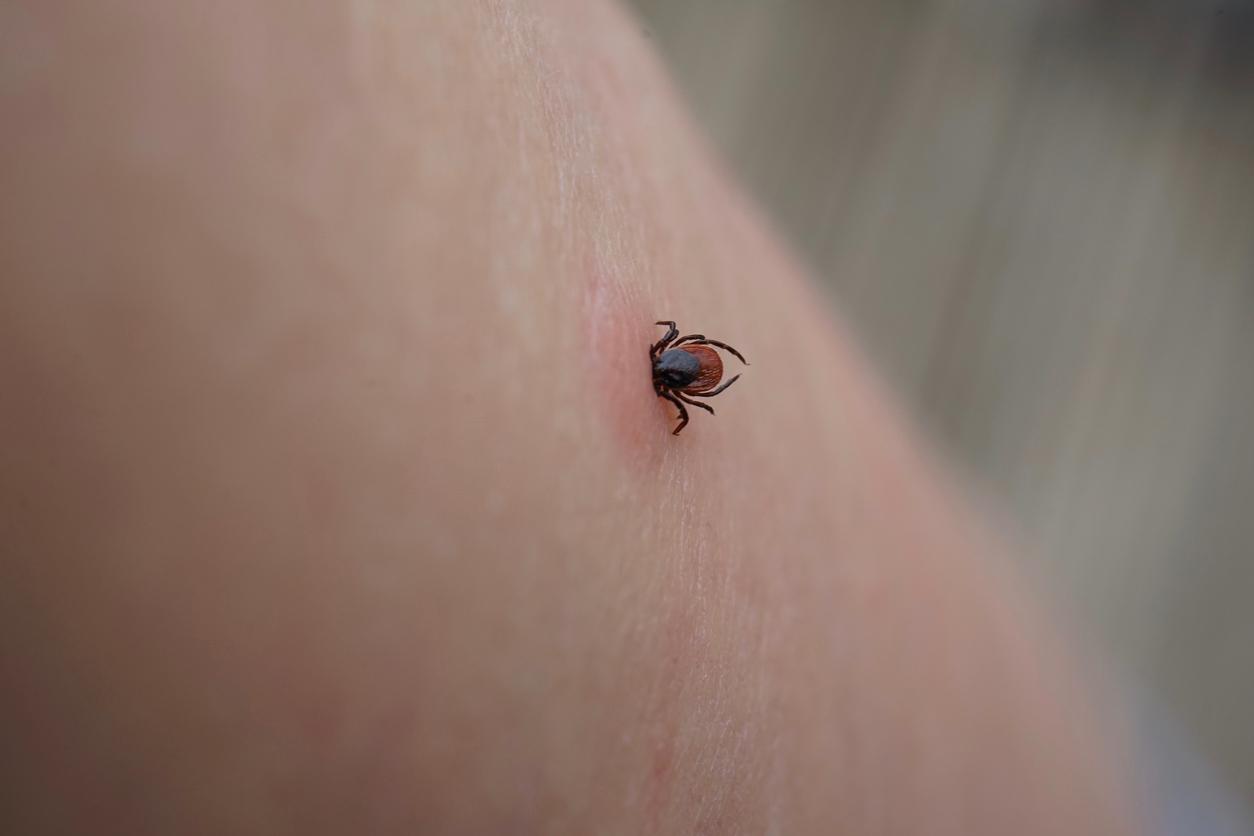The National Institute for Agricultural Research, in Champenoux (Meurthe-et-Moselle), has launched a collection of ticks from individuals. The objective is to set up a “tick library” in order to better understand these mites and to make them a world reference database.

Lyme disease continues to arouse the interest of scientists. A specialist doctor was recently indignant about the ignorance of the symptoms by general practitioners, and this shortly after the professionals stepped up to the plate against the official recommendations published by the High Authority of Health.
The ticothèque, a reference database
In order to better understand this disease, the National Institute of Agronomic Research (INRA) in Champenoux has embarked on a “tick library” project: the census among individuals of a maximum of mites. “The project was born from the desire to have research on one side, and to advance our knowledge by taking advantage of the observation of citizens of their environment”, explains Pascale Frey-Klett, research director at Inra. .
The tick library wants to become the world reference in tick counting. “It’s very precious what’s in there, a lot of investment by citizens and a very rich database,” says Pascale Frey-Klett. Collection kits containing a tick clip and a storage tube are thus regularly distributed to the public walking through forests and meadows.
More than 3,000 ticks received
Already more than 3,000 ticks have been received at the Champenoux center. “The more samples we have, the more information we will have on the tick, its behavior, its geographical distribution,” says the research director. Once received, the tick is placed in a plastic bag with two numbers to go back to the conditions of the sample. “To have effective prevention, you need to know precisely the ecology of ticks,” she says. The extracted DNA is then sent to a laboratory, either in Champenoux or to INRA in Maisons-Alfort.
In all, there are almost 900 different species of ticks. Of these, only a handful are capable of transmitting the Lyme disease virus. Between July 2017 and April 2018, 4,198 bites were recorded. These occur mainly in forest areas (53%) but also in private gardens (27%). Each year, 25,000 new cases are identified in France.
In 2017, INRA had already launched a project on ticks with individuals. As part of the Citique project, it launched a data collection from individuals to map biting ticks and determine the various infectious agents transmitted by this parasite. In addition, a “Tick alert” application has been launched, in partnership with the Ministry of Health and the National Agency for Food and Occupational Health Safety (ANSES). More than 11,000 reports have already been identified, including 7,000 in the first half of 2018.
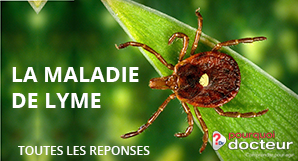
.









